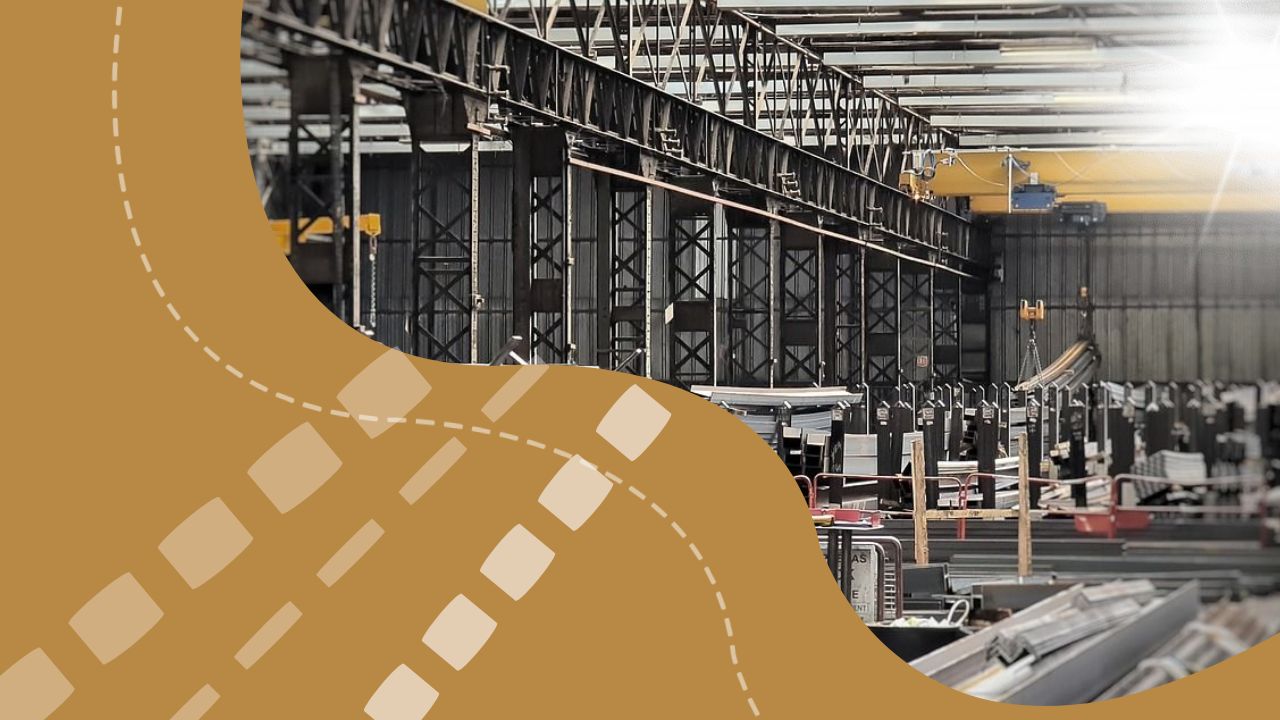The metals and other minerals mining industry has been tasked with achieving 40% growth by the end of the decade. The National Development Plan of Kazakhstan, scheduled until 2029, was published on the portal “Open Regulatory Legal Acts” .
Among the problems that hinder the development of the mining industry, the document notes such as the depletion of the mineral resource base, the high energy intensity of the industry with a probable energy shortage (leading to a decrease in the competitiveness of products), rising labor costs, etc.
Despite significant mineral deposits, there are few deposits in the republic that are ready for development. The authorities fear that in the next 10–20 years the production of the main export metals: copper, chromium and iron will decrease significantly. In addition, the plan notes that the Republic of Kazakhstan is not realizing its potential for the production of nickel, cobalt, lithium, as well as other rare and rare earth metals.
First of all, Kazakhstan wants to solve the problem of low geological exploration activity. By 2029, the geological and geophysical exploration of the territory is expected to increase from 1.9 to 2.3 million, and the reserve replenishment rate for critical metals is expected to increase to 20–50%.
It is proposed to stimulate companies through co-financing, exemption from VAT, depreciation of 25% of expenses for geological exploration work for solid mineral deposits (the practice is valid for hydrocarbon exploration) and other financial support instruments.
In addition, the country wants to create an infrastructure for storing and processing geomaterials, in particular, to build a storage facility and core storage facilities on the basis of a geological cluster in the capital and other regions of the country.
The National Development Plan also takes special control over the development of technogenic mineral formations . In order to increase the extraction of useful components from industrial waste, the tax rate for investors may be revised.

